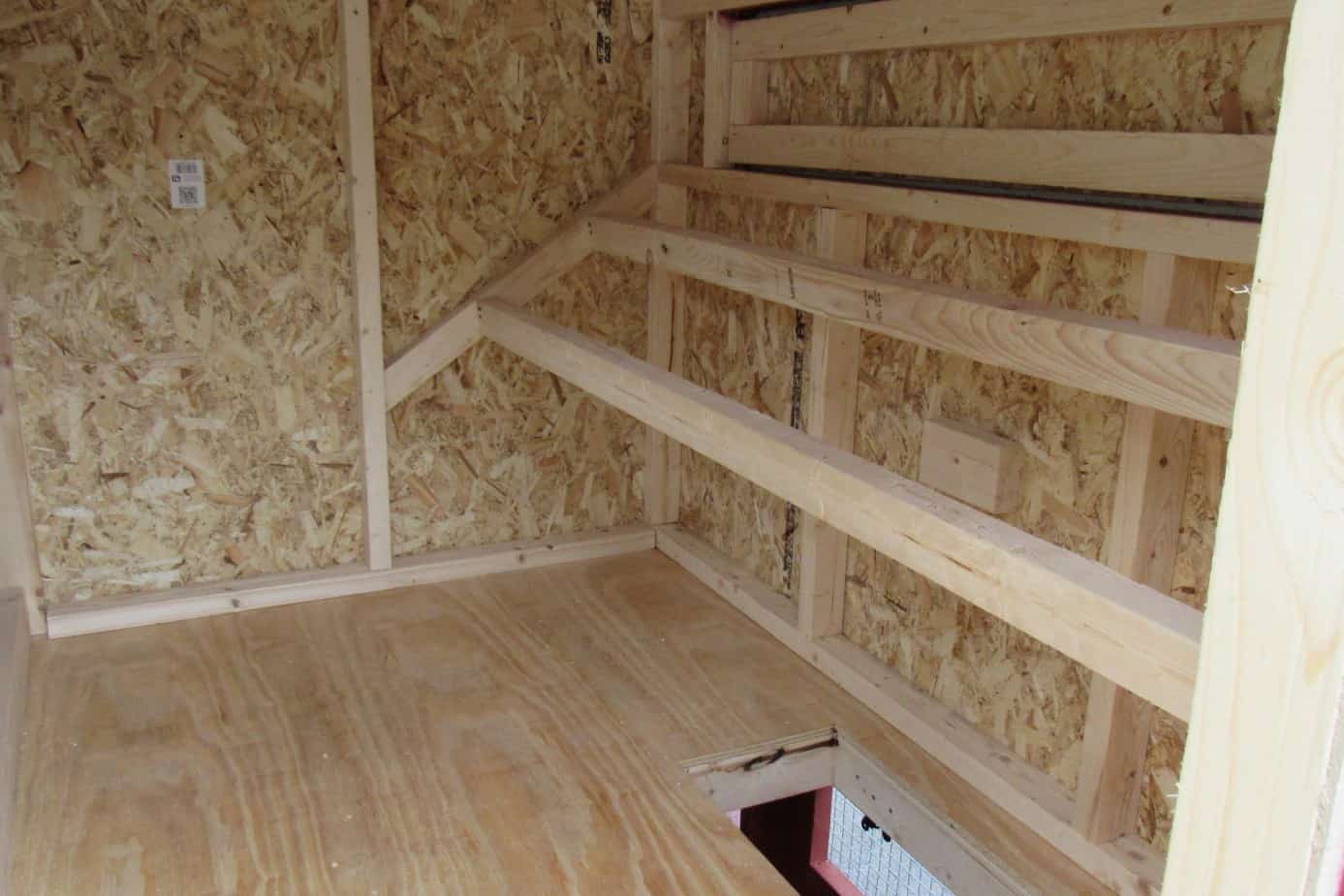

Articles
What To Put On Floor Of Chicken Coop
Modified: January 19, 2024
Discover the best articles to use as flooring for your chicken coop to promote a clean, hygienic, and comfortable living environment for your feathered friends.
(Many of the links in this article redirect to a specific reviewed product. Your purchase of these products through affiliate links helps to generate commission for Storables.com, at no extra cost. Learn more)
Introduction
Welcome to the world of backyard chicken keeping! If you’re considering building a chicken coop, you’ve likely already spent time researching the various aspects of keeping chickens happy and healthy. One important factor to consider when setting up your coop is the flooring material. Selecting the right floor covering for your chicken coop is crucial for maintaining cleanliness, hygiene, and the overall well-being of your feathered friends.
When choosing a floor covering for your chicken coop, there are several factors to consider. You’ll want to think about the ease of cleaning, the level of comfort and insulation it provides, the prevention of odor and bacteria buildup, and the safety of your chickens’ feet and legs. Additionally, cost, availability, and ease of installation may also play a role in your decision.
Fortunately, there are various options available for chicken coop floor coverings, each with its own set of benefits and considerations. In this article, we’ll explore some of the most common choices, including straw or hay, wood shavings, sand, dirt or soil, concrete, and rubber mats. By understanding the pros and cons of each, you’ll be able to make an informed decision that best suits your needs and the needs of your chickens.
Key Takeaways:
- Choose a floor covering for your chicken coop that prioritizes comfort, cleanliness, and safety for your feathered friends. Consider factors like insulation, ease of cleaning, and predator protection to make an informed decision.
- Prioritize the well-being of your chickens by selecting a floor covering that balances comfort, maintenance, and durability. Whether it’s straw, wood shavings, sand, dirt, concrete, or rubber mats, ensure it meets the specific needs of your flock.
Considerations for Choosing Flooring Materials
Before diving into the specific options for chicken coop floor coverings, it’s important to take a closer look at the considerations you should keep in mind when making your selection.
1. Cleaning and Maintenance: The flooring material should be easy to clean and maintain. Regular cleaning is essential to prevent the buildup of dirt, droppings, and bacteria. Consider how easy it will be to remove waste and debris from the flooring surface.
2. Comfort and Insulation: Chickens spend a significant amount of time on their feet, so it’s crucial to provide them with a comfortable surface to walk on. Additionally, the flooring material should provide insulation to keep the coop warm in cooler months and cool in hotter temperatures.
3. Odor and Bacteria Control: The flooring material should not hold onto odors and should discourage the growth of bacteria. This is important for maintaining a clean and healthy living environment for your chickens.
4. Safety: The flooring material should be safe for your chickens’ feet and legs. It should not cause injuries or discomfort. Some materials may be abrasive or have sharp edges, which should be avoided.
5. Cost and Availability: Consider the cost of the flooring material and its availability in your area. Some options may be more affordable and readily accessible, while others may be harder to find or more expensive.
6. Installation: Think about the ease of installation of the flooring material. Some options may require more effort and time to install, while others may be simple and straightforward.
By considering these factors, you’ll be able to narrow down your options and choose the best flooring material for your chicken coop. Now, let’s explore the different types of floor coverings that are commonly used in chicken coops.
Options for Chicken Coop Floor Coverings
When it comes to choosing the right floor covering for your chicken coop, there are several options available. Each option comes with its own set of advantages and considerations. Let’s take a closer look at some of the most popular choices:
1. Straw or Hay: Straw or hay is a common floor covering choice for chicken coops. It provides insulation, absorbs moisture, and offers a soft surface for chickens to walk on. However, it needs to be replaced regularly as it can become soiled and harbor bacteria.
2. Wood Shavings: Wood shavings are another popular option. They are absorbent, easy to clean, and provide good insulation. However, they may require frequent replenishment as they can become soiled quickly.
3. Sand: Sand is a low-maintenance option that allows for excellent drainage. It doesn’t hold onto odors and can be easily cleaned with a rake. However, it may not provide as much insulation as other materials and can be abrasive on chickens’ feet if not kept clean.
4. Dirt or Soil: Some chicken keepers prefer using dirt or soil as the floor covering. It’s a natural option and can be easily found. However, it can become muddy with water and might not provide good insulation or hygiene.
5. Concrete: Concrete is a durable and easy-to-clean choice. It provides excellent protection against predators and is resistant to moisture. However, it may not be as comfortable for chickens to walk on, so additional bedding or padding may be necessary.
6. Rubber Mats: Rubber mats are a great option for easy cleaning and good traction. They provide a comfortable surface and protect against moisture and bacteria. However, they can be expensive and may require additional bedding for insulation.
Consider the specific needs of your chickens, as well as your own preferences and budget, when choosing the right floor covering for your coop.
Factors such as the climate in your area, the size of your coop, and the number of chickens are also important to consider. Additionally, regular cleaning and maintenance will be necessary regardless of the floor covering you choose.
Next, let’s explore the important factors to consider when selecting a floor covering for your chicken coop.
Straw or Hay
Straw or hay is a traditional and widely-used floor covering option for chicken coops. It offers several benefits that make it a popular choice among chicken keepers.
Pros:
- Insulation: Straw and hay provide excellent insulation, keeping the coop warm during colder months and providing a comfortable surface for chickens to rest on.
- Comfortable surface: The softness of straw and hay makes it comfortable for chickens to walk and rest on, reducing the risk of foot and leg injuries.
- Absorbent: Straw and hay absorb moisture and reduce odors, helping to keep the coop dry and clean.
- Easily available: Straw and hay are readily available in farming supply stores and can often be purchased in bulk at an affordable price.
Cons:
- Requires frequent replacement: Straw and hay can quickly become soiled and harbor bacteria, so they need to be replaced regularly to maintain cleanliness and hygiene in the coop.
- Potential respiratory issues: The dry particles of straw and hay can create dust, which may cause respiratory issues for both chickens and their keepers if not properly managed.
- Attracts pests: Straw and hay may attract pests, such as mites or rodents, if not properly stored or managed.
When using straw or hay as a floor covering, it’s recommended to layer it generously to ensure adequate insulation and comfort for the chickens. Regular cleaning, removal of soiled areas, and regular replacement of the covering are essential to maintain a healthy environment for your flock.
In summary, straw or hay can be an effective and affordable option for chicken coop flooring, providing insulation, comfort, and absorbency. However, proper maintenance and regular replacement are necessary to prevent health issues and pest infestations. Consider the needs of your chickens and the effort required for cleaning and maintenance before opting for this floor covering option.
Wood Shavings
Wood shavings are a popular choice for chicken coop floor coverings due to their absorbent and easy-to-clean nature. Let’s take a closer look at the advantages and considerations of using wood shavings as a flooring material for your chicken coop.
Pros:
- Absorbent: Wood shavings have excellent absorbency, helping to keep the coop clean and dry by absorbing moisture and odors.
- Comfortable surface: The soft and cushiony texture of wood shavings provides a comfortable surface for chickens to walk and rest on. It also helps to prevent foot problems and injuries.
- Readily available: Wood shavings can be easily found in pet supply stores, farm supply stores, or by contacting local sawmills. They are available in various sizes and types of wood, allowing you to choose the most suitable option for your coop.
- Easy to clean: Cleaning wood shavings is relatively simple. You can remove the soiled shavings with a shovel or rake and replace them with fresh ones.
Cons:
- Frequent replenishment: Wood shavings may need to be replenished frequently as they can become dirty and soiled relatively quickly.
- Dust and respiratory issues: Like straw or hay, wood shavings can produce dust particles that may cause respiratory issues for chickens and humans. Ensuring proper ventilation can help mitigate this concern.
- Cost: Depending on your location and the availability of wood shavings, they may be more expensive than other floor covering options.
When using wood shavings as a floor covering, it is important to provide a generous layer to ensure effective absorption and comfort. Regular maintenance, including the removal of soiled shavings and replacement with fresh ones, is necessary to maintain cleanliness and reduce the risk of pests or diseases.
Ultimately, wood shavings can be an excellent choice for chicken coop flooring due to their absorbency, comfort, and ease of cleaning. Consider the availability and cost of wood shavings in your area, as well as the effort required for maintenance, before deciding if they are the right option for your coop.
Read more: What To Put On Balcony Floor
Sand
Sand is a low-maintenance and versatile option for chicken coop floor coverings. It offers several advantages that make it a popular choice among chicken keepers. Let’s explore the benefits and considerations of using sand as a flooring material for your chicken coop.
Pros:
- Drainage: Sand provides excellent drainage, allowing liquids to pass through easily. This helps to keep the coop dry and prevents the accumulation of moisture, reducing the risk of bacterial growth.
- Ease of cleaning: Cleaning sand is relatively simple. You can use a rake or shovel to collect waste, and the sand can be easily sifted or raked to remove any debris or soiled areas.
- No moisture absorption: Unlike materials such as straw or wood shavings, sand does not absorb moisture. This means that it won’t retain foul odors, making the coop more pleasant for both chickens and their keepers.
- Pest deterrent: Sand can act as a deterrent for pests such as mites or lice, as they do not thrive well in dry sandy environments.
Cons:
- Less insulation: Sand does not provide significant insulation compared to materials like straw or wood shavings. If you live in an area with extreme temperatures, you may need to provide additional bedding or insulation to keep the coop comfortable for the chickens.
- Potential for abrasiveness: If not maintained properly, sand can become gritty and abrasive, which may cause discomfort or injuries to chickens’ feet. Regular raking or sifting is necessary to keep the sand clean and free from debris.
- Requires replenishment: Over time, sand can dissipate or become compacted, and it may need to be replenished periodically to maintain an adequate depth.
When using sand as a floor covering, it’s important to provide a sufficient depth for chickens to scratch and dust bathe. Aim for a depth of around 2-4 inches, but adjust accordingly based on your chickens’ behaviors and preferences.
Overall, sand offers a low-maintenance and easily cleaned option for chicken coop flooring. It promotes good drainage and discourages pests, making it a practical choice for many backyard chicken keepers. Consider the climate in your area and the need for additional insulation before opting for sand as your floor cover.
Consider using a deep layer of straw or wood shavings on the floor of the chicken coop. This will provide insulation, absorb moisture, and make cleaning easier. Avoid using materials that can harbor mold or harmful bacteria.
Dirt or Soil
Using dirt or soil as a floor covering for your chicken coop is a natural and cost-effective option. However, there are several considerations to keep in mind when opting for dirt or soil as your flooring material.
Pros:
- Natural and readily available: Dirt or soil is easy to find and often readily available, making it a convenient and cost-effective option.
- Natural digging experience: Chickens enjoy scratching and digging in the dirt. Having soil as the floor covering allows them to engage in their natural behaviors, which can promote their overall well-being and mental stimulation.
- Low maintenance: Dirt or soil requires minimal maintenance, as the chickens themselves will help to distribute and till it.
Cons:
- Moisture and mud: Dirt or soil can become muddy and messy, especially in wet or rainy conditions. This can lead to unsanitary conditions and an increased risk of bacterial growth.
- Less insulation: Dirt or soil does not provide much insulation, which may be a concern in colder climates.
- Wear and tear: Constant scratching and digging by chickens can cause the soil to become compacted or uneven. Regular leveling and reapplication may be necessary to maintain a smooth and even surface.
- Potential health risks: There is a risk of chickens ingesting harmful bacteria or parasites that may be present in the soil. Regular cleaning and monitoring of the coop and chickens’ health is essential.
When using dirt or soil as a floor covering, consider adding a layer of bedding material, such as straw or wood shavings, on top to help absorb moisture and provide additional insulation. Regular monitoring and maintenance of the dirt or soil floor are necessary to ensure cleanliness and prevent any health risks.
It’s worth noting that dirt or soil may not be suitable for all climates or coop setups. If you live in an area with heavy rainfall or extreme temperature fluctuations, you may need to consider alternative flooring options for better insulation and moisture control.
Overall, dirt or soil can be a natural and cost-effective flooring option for chicken coops. However, it requires diligent maintenance and monitoring to ensure the health and well-being of your chickens.
ConcreteConcrete is a durable and easy-to-clean option for chicken coop floor coverings. While it may not be the most comfortable surface for chickens, it offers several advantages that make it a popular choice for many chicken keepers.
Pros:
- Durability: Concrete provides a long-lasting and durable flooring option. It can withstand heavy use and is resistant to cracking or breaking under the weight of chickens or equipment.
- Ease of cleaning: Cleaning a concrete floor is relatively simple. It can be quickly and easily hosed down or swept to remove waste and debris.
- No moisture absorption: Concrete does not absorb moisture, making it resistant to odor and bacteria buildup.
- Predator protection: Concrete provides excellent protection against burrowing predators, such as rats or snakes.
Cons:
- Lack of comfort: Concrete is not the most comfortable surface for chickens to walk or rest on. Adding additional bedding or padding can help provide some comfort for their feet.
- Lack of insulation: Concrete does not provide insulation, which may be a concern in colder climates. Adding insulation under the concrete or using alternative bedding materials for added insulation is recommended.
- Potential for slipping: The smooth surface of concrete can be slippery, especially when wet. Adding a textured coating or using rubber mats can help provide traction and prevent chickens from slipping.
- Installation complexity: Pouring concrete requires proper preparation and installation. It may require professional assistance if you are not familiar with the process.
When using concrete as a floor covering, providing additional bedding or padding is recommended to make it more comfortable for the chickens. This can include using straw, wood shavings, or rubber mats to provide insulation and cushioning.
It’s important to monitor the cleanliness of the concrete floor regularly. While concrete does not absorb moisture, waste and debris can accumulate if not properly maintained. Regular cleaning and occasional disinfection are necessary to maintain a hygienic environment for your chickens.
Overall, concrete can be a practical choice for chicken coop flooring, offering durability, ease of cleaning, and protection against predators. However, it’s essential to consider the chickens’ comfort and provide adequate insulation to ensure their well-being.
Rubber Mats
Rubber mats are a versatile and low-maintenance option for chicken coop floor coverings. They offer several benefits that make them a popular choice among chicken keepers.
Pros:
- Durable and long-lasting: Rubber mats are highly durable, withstanding heavy use and resisting wear and tear. They can provide many years of service in your chicken coop.
- Easy to clean: Cleaning rubber mats is a breeze. They can be easily swept, hosed down, or wiped clean, making maintenance a simple task.
- Comfort and traction: Rubber mats offer a comfortable and cushioned surface for chickens to walk and rest on. They provide good traction, reducing the risk of slipping or injuries.
- Moisture resistance: Rubber mats are moisture-resistant and do not absorb liquids, making them easy to clean and preventing the buildup of odors or bacteria.
- Predator protection: Rubber mats create a barrier against burrowing predators and pests, providing an extra layer of security for your chickens.
Cons:
- Higher cost: Compared to other floor covering options, rubber mats can be relatively more expensive. However, their durability and long life span can make them a worthwhile investment in the long run.
- Insulation: Rubber mats do not provide insulation on their own. Adding bedding material or insulation underneath the mats may be necessary, especially in colder climates.
- Availability: Rubber mats may not be as readily available as other floor covering options, depending on your location. However, they can often be found in farm supply stores or online.
When using rubber mats as a floor covering, ensure that they are properly installed and secured in the coop to prevent any movement or slipping. Adding bedding material on top of the mats can enhance comfort and insulation for the chickens.
Regular cleaning and maintenance are important to keep the rubber mats in optimal condition. Remove any waste or debris from the surface and periodically disinfect them to maintain a clean and sanitary environment for your chickens.
In summary, rubber mats offer durability, easy maintenance, comfort, and protection for your chicken coop. While they may have a higher upfront cost, their longevity and benefits make them a popular and practical choice for many chicken keepers.
Read more: What To Put Under Tile Floor
Factors to Consider When Selecting Floor Coverings
When choosing a floor covering for your chicken coop, it’s important to consider several factors to ensure you make the right decision for your flock and your specific circumstances. Here are some key factors to keep in mind:
1. Chicken Comfort: The comfort of your chickens should be a top priority. Consider the softness, cushioning, and traction of the floor covering to provide a comfortable surface for them to walk, perch, and rest on.
2. Ease of Cleaning: Regular cleaning is crucial to maintain a healthy and hygienic coop environment. Choose a floor covering that is easy to clean, whether it’s through sweeping, hosing down, or regularly replacing soiled material.
3. Moisture Control: Moisture control is essential to prevent the buildup of odors, bacteria, and pests. Certain floor coverings, such as sand or rubber mats, offer better moisture resistance and drainage compared to materials like straw or dirt.
4. Insulation: Consider the insulation properties of the floor covering, especially if you live in an area with extreme temperatures. Materials such as straw or wood shavings provide better insulation than concrete or sand, helping to keep the coop warm in winter and cool in summer.
5. Cost and Availability: Determine your budget and consider the availability of the floor covering options in your area. Some materials, like straw or dirt, may be more affordable and readily available, while others, like rubber mats, may have a higher cost and limited availability.
6. Safety: Ensure the floor covering you choose is safe for your chickens. Avoid materials with sharp edges or abrasive surfaces that could cause injuries. Consider the ease of walking and gripping the floor covering to prevent slipping or leg problems.
7. Predator Protection: Some floor coverings, like concrete or rubber mats, provide an extra layer of protection against burrowing predators. Consider the security needs of your coop when selecting a floor covering.
8. Durability: Choose a floor covering that is durable and long-lasting, as it will be subjected to the constant use and scratching of your chickens. Materials like concrete or rubber mats are known for their durability, while straw or wood shavings may need frequent replacement.
9. Maintenance Effort: Consider the amount of time and effort required to maintain the floor covering. Some materials, such as sand or dirt, may require regular raking or leveling, while others, like concrete or rubber mats, are relatively low-maintenance.
By considering these factors, you can narrow down the options and choose a floor covering that suits the needs of your chickens, your budget, and your overall preferences. Remember that regular cleaning and maintenance are essential, regardless of the floor covering you choose, to ensure a clean and healthy environment for your flock.
Conclusion
Choosing the right floor covering for your chicken coop is essential for creating a comfortable, clean, and safe environment for your flock. Each type of floor covering, whether it’s straw or hay, wood shavings, sand, dirt or soil, concrete, or rubber mats, comes with its own set of advantages and considerations.
Consider factors such as chicken comfort, ease of cleaning, moisture control, insulation, cost, availability, safety, predator protection, durability, and maintenance effort when selecting a floor covering. By evaluating these factors, you can make an informed decision based on your specific needs, budget, and climate.
Remember to prioritize the well-being of your chickens when choosing a floor covering. They should have a comfortable and safe surface to walk on, with proper drainage and insulation. Regular cleaning and maintenance are crucial to prevent the build-up of bacteria, odors, and pests, regardless of the flooring material you choose.
Whether you opt for a natural material like straw or dirt, or a more durable option like concrete or rubber mats, ensure that the floor covering aligns with your flock’s needs and your ability to provide proper care and maintenance.
By investing the time and effort to select the right floor covering for your chicken coop, you’ll create a cozy and clean living space for your feathered friends, promoting their health, happiness, and overall well-being.
So, take into account the factors discussed in this article, weigh your options carefully, and make an informed decision that will contribute to the success of your backyard chicken keeping journey.
Frequently Asked Questions about What To Put On Floor Of Chicken Coop
Was this page helpful?
At Storables.com, we guarantee accurate and reliable information. Our content, validated by Expert Board Contributors, is crafted following stringent Editorial Policies. We're committed to providing you with well-researched, expert-backed insights for all your informational needs.
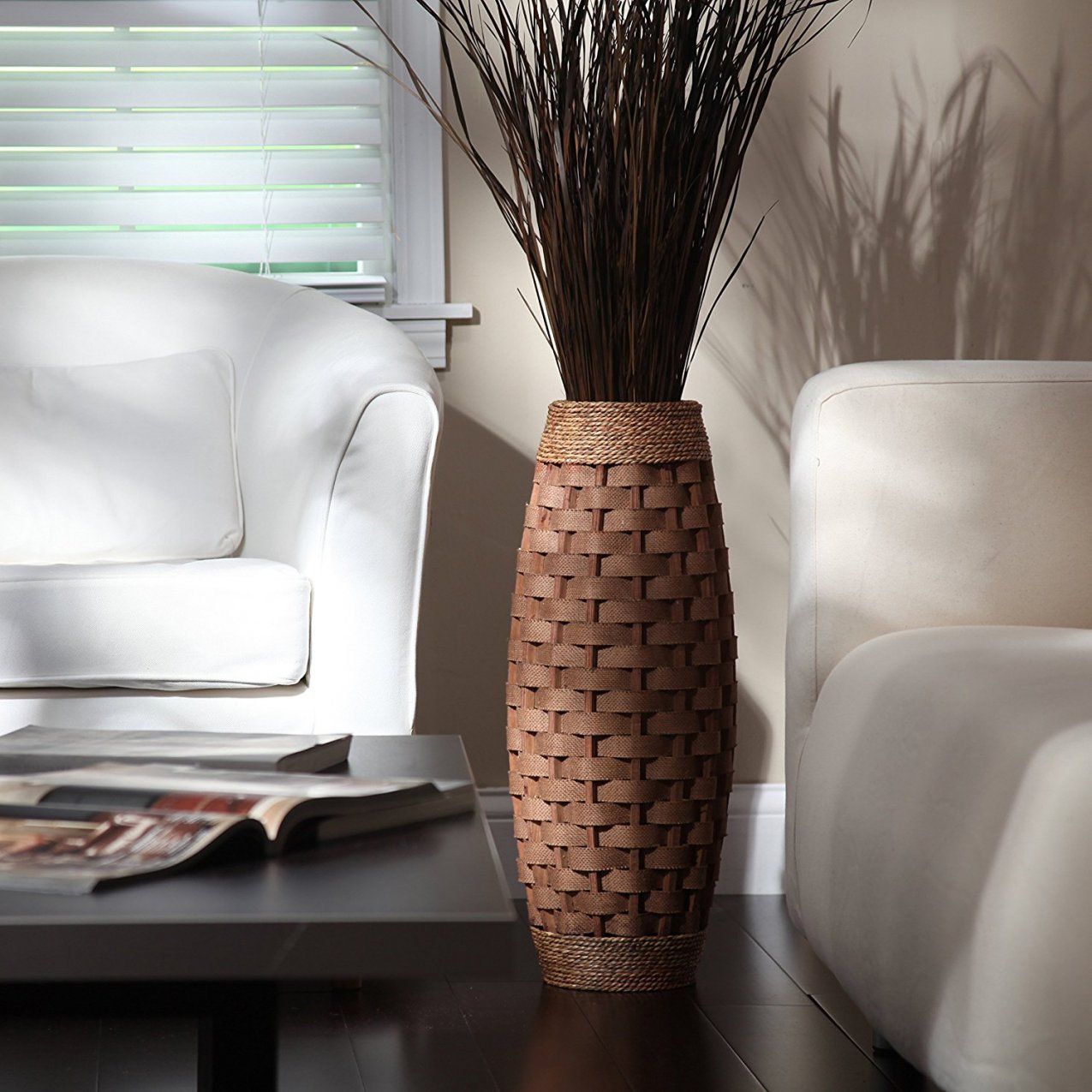
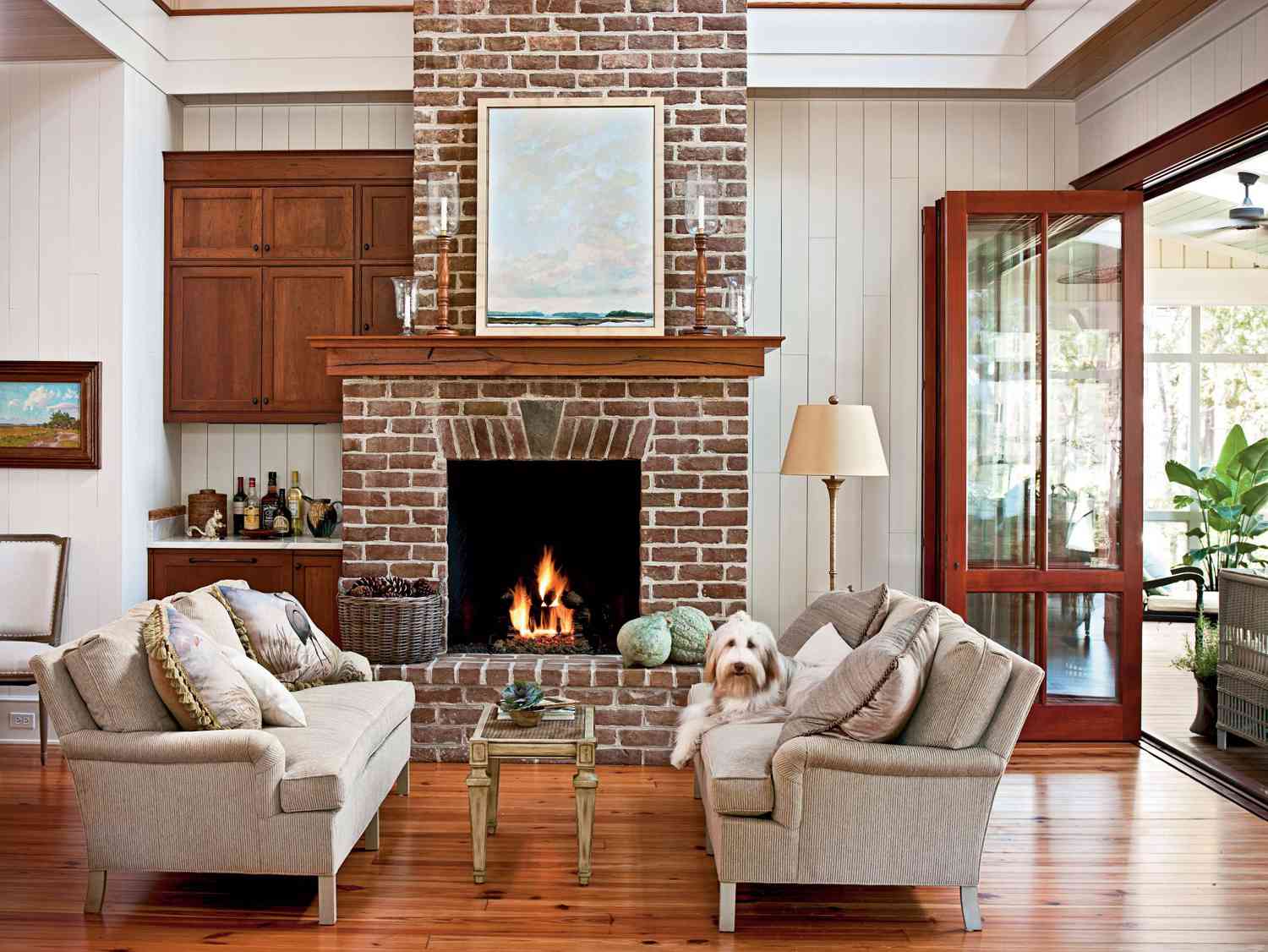
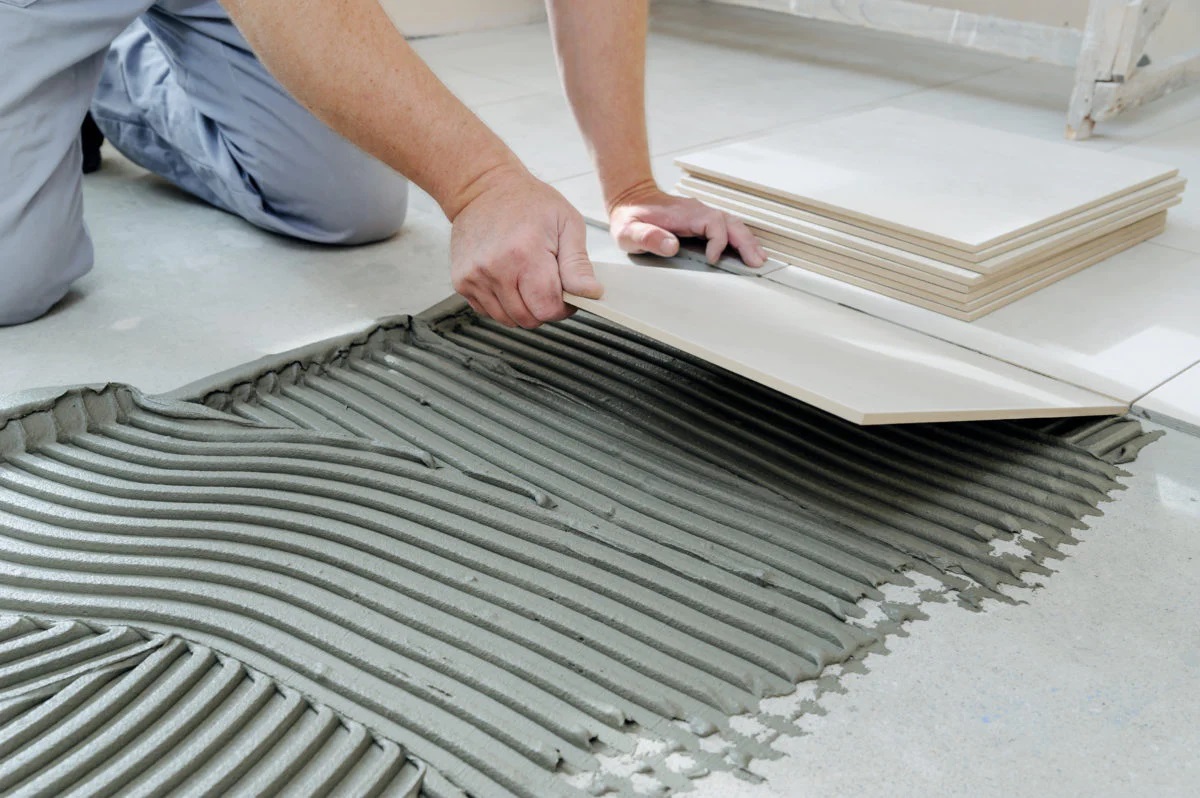
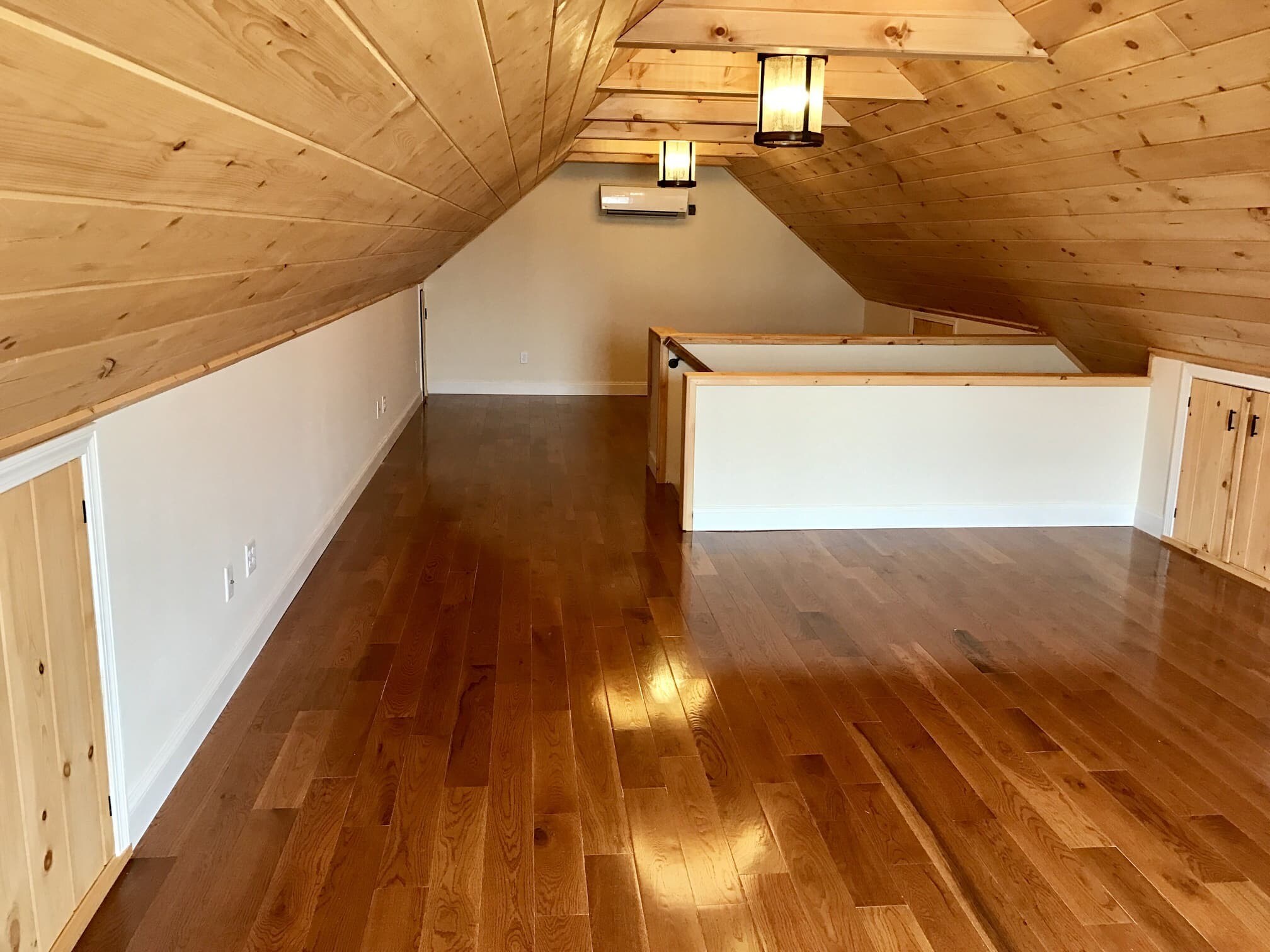
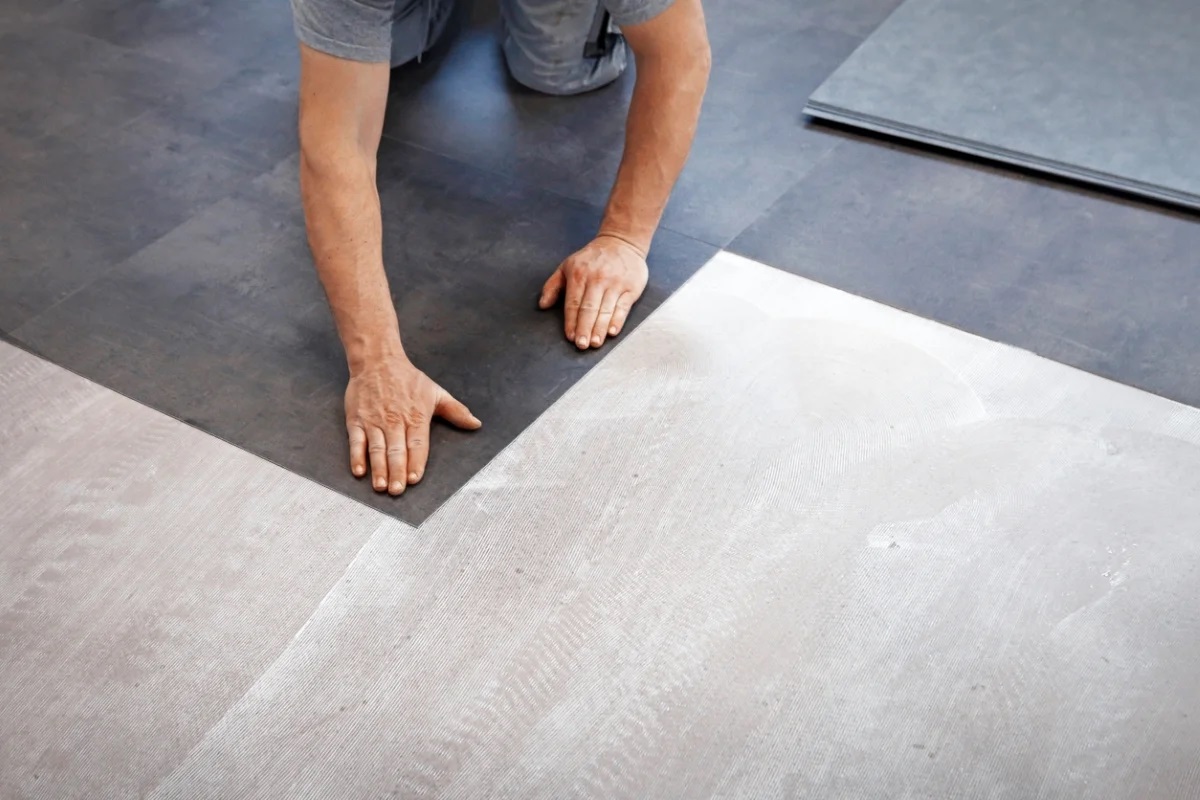
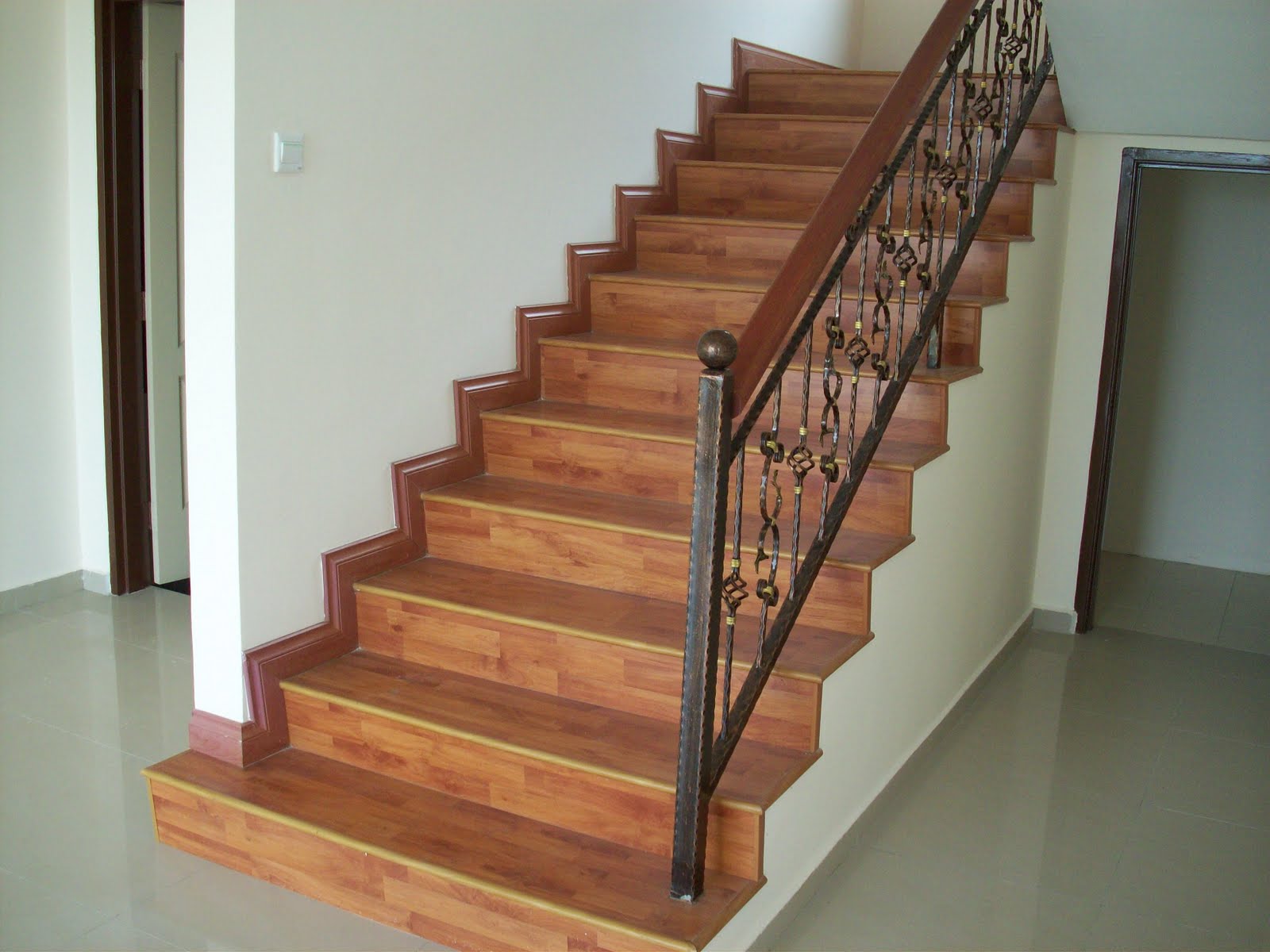
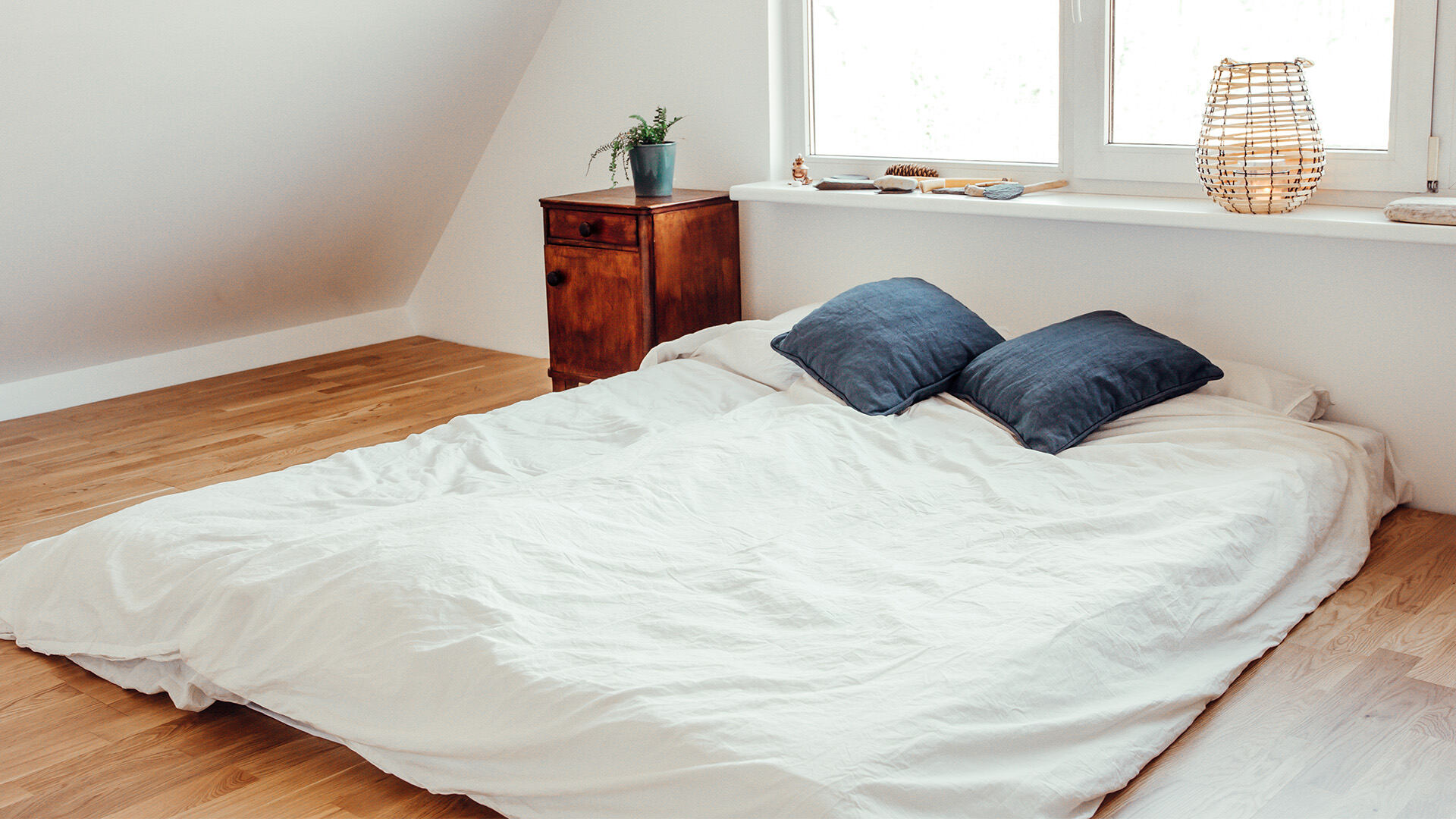
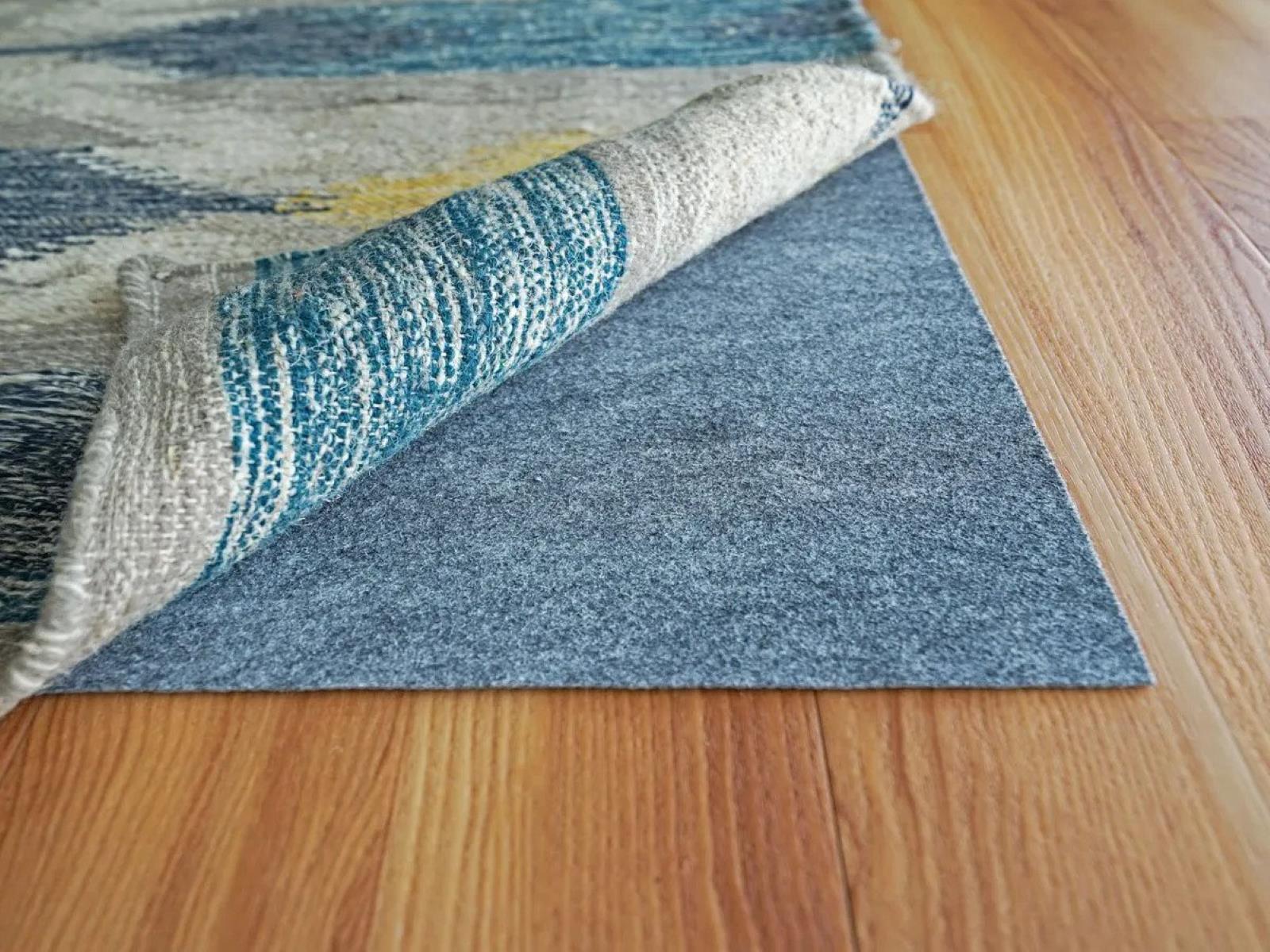
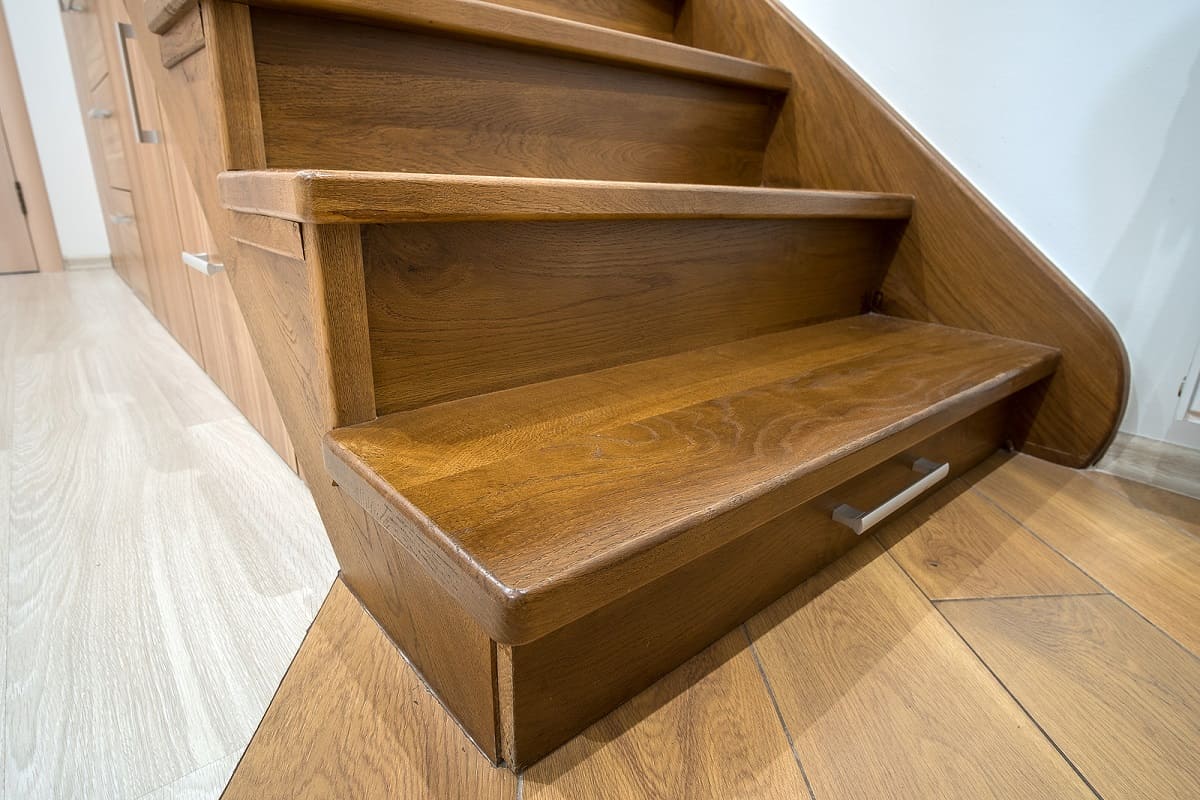
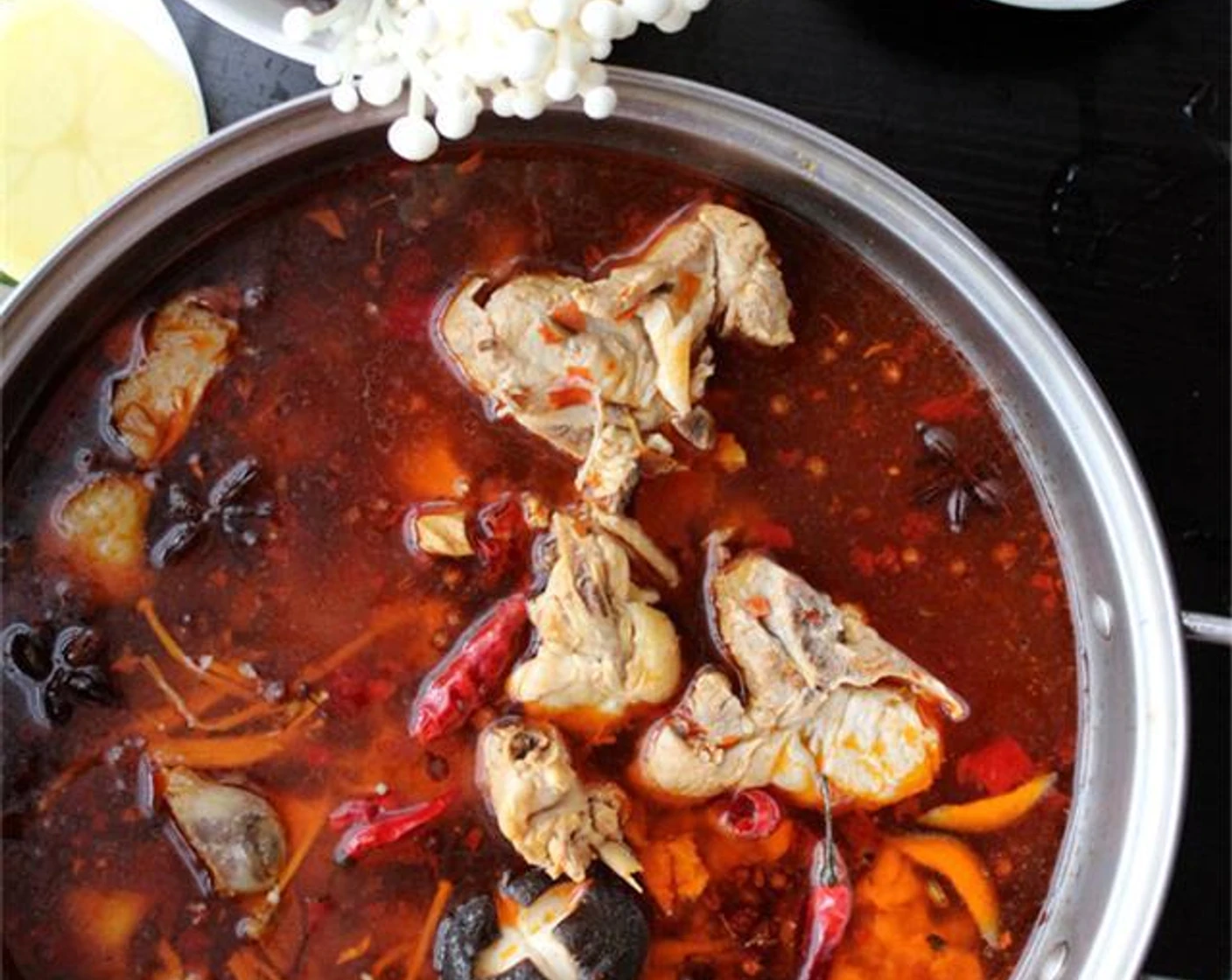

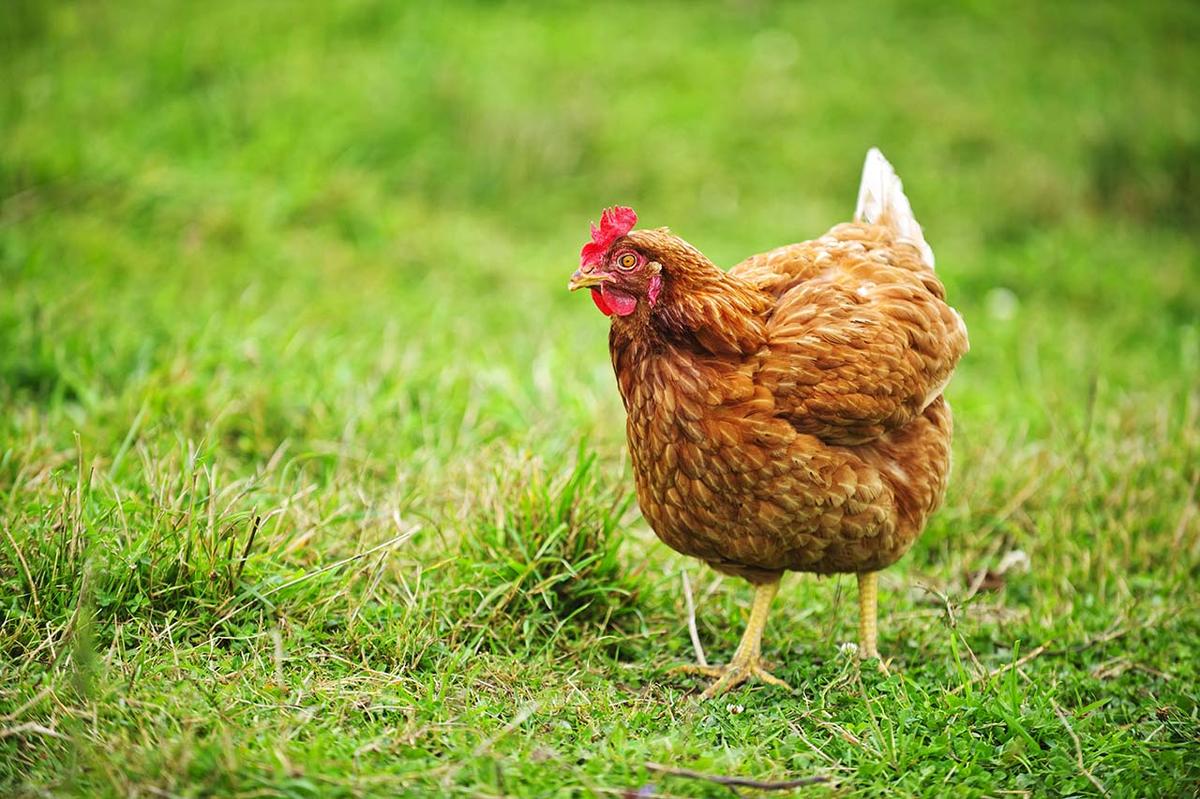
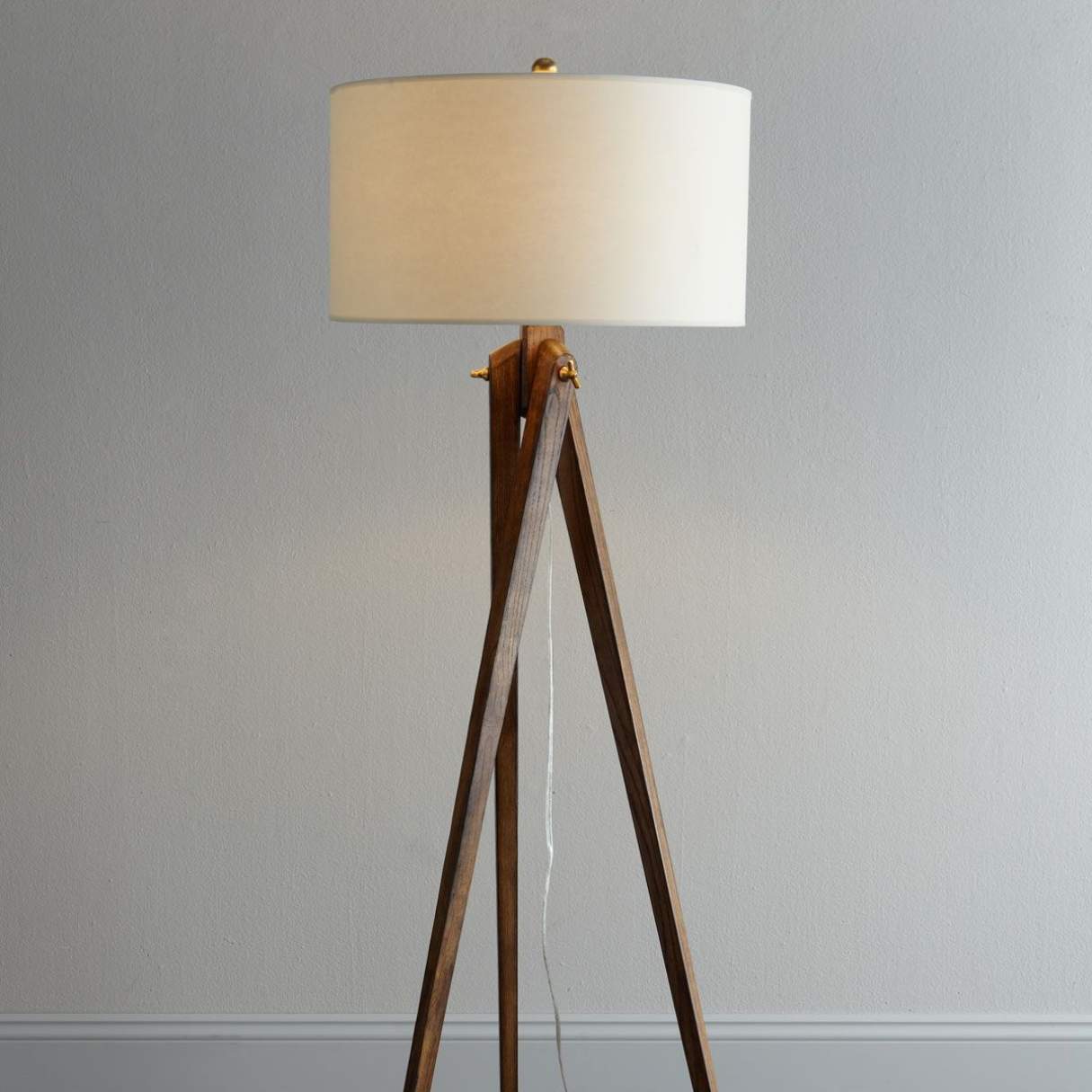

0 thoughts on “What To Put On Floor Of Chicken Coop”